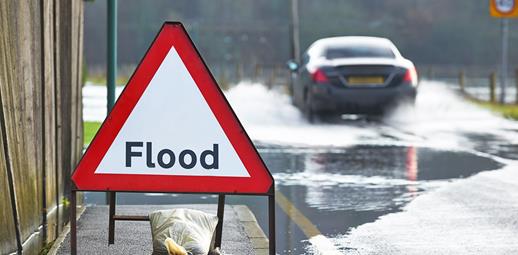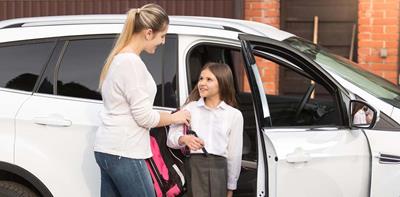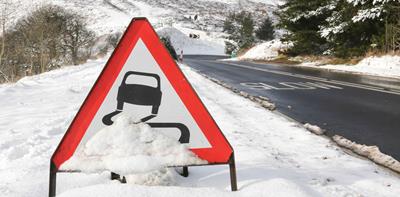
Driving in the rain can be dangerous but sometimes a soggy road trip can’t be avoided. With a little planning before you go, you can have a safer, stress-free drive.
EASY AS HACK
When driving on wet roads, take your time, leave a safe braking distance and forgo the fog lights.
At a glance
- Avoid driving in heavy rain if you can.
- It’s best not to use your fog lights as they can increase glare and make it harder to see.
- Learn how to avoid aquaplaning on flooded roads.
Why is driving in heavy rain dangerous?
Driving in heavy rain on wet roads can be stressful and dangerous. It’s tiring to concentrate for long periods when visibility is reduced due to rain and spray from other cars – plus you need to factor in longer stopping distances. There’s also the risk of encountering deep puddles or even flooded roads.
If possible, try to reschedule your journey if the rain is pouring down. If you have no choice about driving in wet weather, make sure you’re as prepared as possible.
Don’t miss: 10 tips to prepare your car for the cold weather
Before setting out on a rainy drive
Allow plenty of time for your journey to ensure that you and your car are ready for the conditions ahead:
- Plan your route. Where possible, try and stick to main roads as they’re less likely to get flooded.
- Check your windscreen wipers and lights are working properly, your tyres are in good condition, and you have enough fuel. Bad conditions could make your journey longer.
- Remind yourself how to use your air conditioning and heater, so you can demist your car’s interior without getting distracted while driving.
- Make sure your mobile phone’s charged in case you break down or get stuck.
Check this out: How to stay safe driving on icy roads
Tips for driving in heavy rain
In wet conditions, you need to drive more carefully:
- Reduce your speed, especially if there’s standing water on the road, as you could risk aquaplaning (see below).
- Leave more space than usual between your vehicle and the one in front. Did you know that, in wet weather, stopping distances double to four seconds? Keeping your distance also helps to minimise spray hitting your windscreen and obscuring your vision.
- Turn on your headlights so other drivers can see you more easily.
- Don’t use your fog lights – road safety organisations warn that fog lights can mask your brake lights and dazzle other drivers in rainy conditions.
- Avoid splashing pedestrians and cyclists. It’s not very considerate and you can get landed with a fine.
Driving if the road is flooded
It only takes two feet of water for some vehicles to start to float, according to road safety charity Brake. If water is building up on the surface of the road, then drive with caution. You could damage your car, as well as putting yourself in danger.
Easy As tips for driving if the road is flooded:
- Never attempt to drive through fast-flowing water.
- If the water appears to be too deep – or you can’t know for sure – then find an alternative route.
- If the water is passable, keep your vehicle in a low gear and engine revs up as you drive through it.
- Don’t stop in standing water. If you think it’s shallow enough to drive through, wait for any vehicles coming the other way to pass.
- Avoid any submerged objects that could damage your car, such as branches.
- Once you’ve driven through the water, and are back onto a flat section of road, press your brakes gently to test them. This will also help them dry out.
Read this: Are car headlights too bright?
How to avoid aquaplaning
Driving through puddles or flood water can cause aquaplaning, also known as hydroplaning.
Aquaplaning is when water gets between your tyres and the road surface. The immediate loss of traction can make your car slide (also known as fishtailing) and make your steering feel light.
Aquaplaning can be a scary experience and can easily lead to an accident. Road safety charity Brake 1 found that 1 in 13 road crashes partly caused by slippery roads.
If your car starts aquaplaning, take your foot off the accelerator and don’t brake until you’ve regained control. To minimise the risks of aquaplaning in wet weather, make sure your tyres are in good condition and drive at a sensible speed.
Original article written in Oct 2021, updated 1st Nov 2023.

Shopping for car insurance that’s Easy as Ageas?
Ageas Car Insurance is Defaqto 5 Star rated, so you can sleep easy knowing you’ve got the protection you need.
[1]
https://www.brake.org.uk/get-involved/take-action/mybrake/knowledge-centre/roadmap-to-safe-and-healthy-journeys/check-its-safe-to-travel


